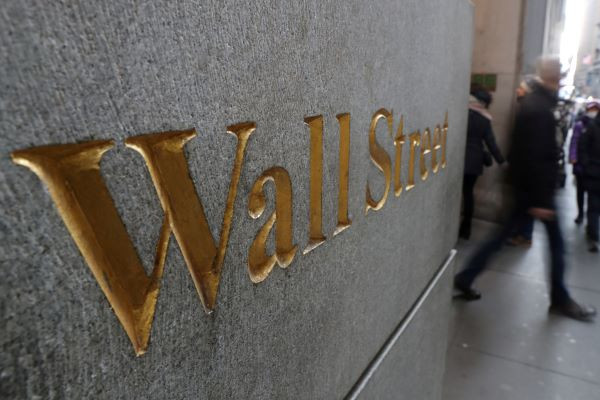Wall Street has more room to fall this week even after last week's record selloff that saw the Dow Jones Industrial Average and the S&P 500 plunge to historic lows on panic-like uncertainties generated by the growing Covid-10 outbreak. On the other hand, futures are showing encouraging signs of a rally on Monday.
Analysts said stocks will still be still searching for the bottom this week when investors come to grips with the awful news to be revealed by the coronavirus's massive impact by key economic indicators.
Stock futures for Monday seem to indicate a modest recovery from last week's bloodbath that saw all three Wall Street indices lose more than 10%. But Monday might again replicate what occurred February 25 when futures showed signs of a rally before ultimately plunging.
On Sunday, Dow futures are foretelling a gain of 85.64 points at Monday's open. The S&P 500 and the NASDAQ Composite futures also reversed and are signaling modest opening gains Monday. All this, however, might change if economic data points to a downturn.
"Look out for ISM surveys and Beige Book for early signs of COVID-19 impact," according to Michelle Meyer, Bank of America's head of U.S. economics. "It will take time for the 'hard' economic data to show the impact but we are already seeing evidence in early economic indicators."
Eagerly awaited are the latest manufacturing activity data from the Institute for Supply Management on Monday, and the latest Beige Book analysis of current economic conditions in light of the coronavirus outbreak to be issued Wednesday. The Beige Book, or formally the Summary of Commentary on Current Economic Conditions, is published by the U.S. Federal Reserve. It helps the Federal Open Market Committee (FOMC) formulate monetary policy.
The previous ISM manufacturing index rose to a reading of 50.9 in January, the highest level since July 2019. A reading above 50 signals expansion while a reading lower than 50 shows a manufacturing contraction. Bank of America expects ISM manufacturing to fall below 50.0. It also said the Beige Book will provide "early insight" into the economic impact Covid-19 has had on the strong U.S. economy.
The number and importance of the data to be released this week will have a material effect on how Wall Street behaves for the week, according to analysts. In particular, the ISM manufacturing data is going to be widely scrutinized, said Jim Paulsen, chief investment strategist at The Leuthold Group, an independent investment research firm. Paulsen also said he's worried about the cascading effect of Covid-19 hitting upcoming economic data set for release this week.
Wall Street's worst-case this week is a repeat of the massive bloodbath last week when the 30-stock Dow Jones Industrial Average lost 357.28 points or more than 1%, to 25,409.36. The S&P 500 slid 0.82% to 2,954.22. It was another story for the NASDAQ Composite, which fell as much as 3.5% on the day before closing 8,567.37, up a mere 0.010%. All three indices closed in correction territory.
Last week, the Dow fell more than 12% -- its biggest weekly percentage loss since the Great Recession of 2008. Friday was the seventh straight day of losses for the Dow. The Dow yielded more than 3,500 points, by far its largest weekly point loss in history. It also ended the week in correction territory, down 14.1% from an intraday record high set only last February 12.
The Dow entered a 10% correction on February 27 when it closed at 25,766.64 over investor fears about the impact of the COVID-19 outbreak spreading into the U.S. A bear market in a strong economy, while seemingly incongruous, is now being seen as a possibility.
The benchmark S&P 500 lost 11.5% week to date in its worst weekly performance since the Great Recession of 2008. It's off 13% from its high just last week. The NASDAQ lost 10.5% this week and was nearly 13% below a record high.
Some investors believe the steep stock rout last week went too far too fast, and are betting on at least one small rebound. But they remain anxious over worsening news about the global spread of Covid-19, especially in the U.S. that looks to become the next major coronavirus hotspot.
"The level of panic has become very extreme and the level of downside price movement is pretty extreme," said Paulsen. "All of that is to me more of a sign that we are getting closer to the beginning of the end of it."
Investors are looking to an announcement of a rate cut within the week from the U.S. Federal Reserve. Expectations are rising on Wall Street in the wake of last week's announcement by Fed Chairman Jerome Powell, who said the Fed is monitoring Covid-19 and vowed to take action if necessary. The market has already priced in a 100% chance of at least one rate cut at the Fed's March policy meeting.






